The ocean is a mysterious and awe-inspiring domain, home to a myriad of fascinating creatures whose abilities often defy our understanding. One such marvel of the deep is the whale, often celebrated for its intelligence and social behavior. Recently, an extraordinary discovery of a profound nature was made near the Hawaiian Islands involving one of these grand sea dwellers. Scientists tagged the deepest-diving whale ever recorded, revealing astonishing aspects of its behavior and physiology. Join us as we dive into the depths of this remarkable finding.
The Discovery Unveiled
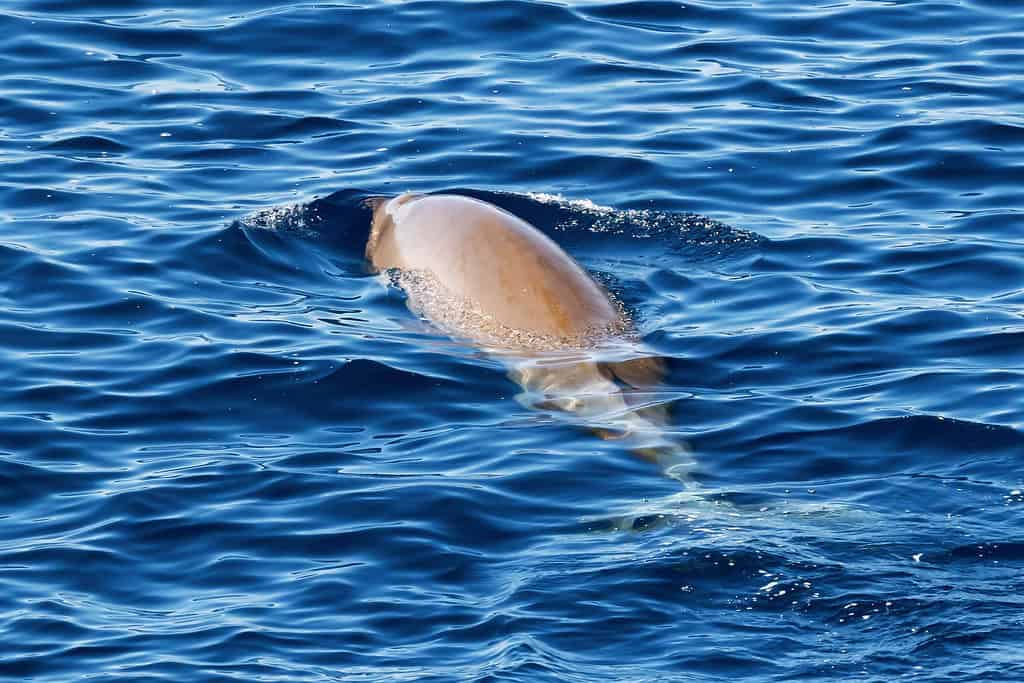
A groundbreaking expedition by a team of marine biologists near the Hawaiian Islands resulted in the tagging of a whale that set new records in the underwater realm. This initiative aimed to better understand the elusive habits and migration patterns of these ocean giants. Through advanced tagging technology, researchers captured data that would astonish even the most seasoned oceanographers.
The Marvel of Depth: Cuvier’s Beaked Whale
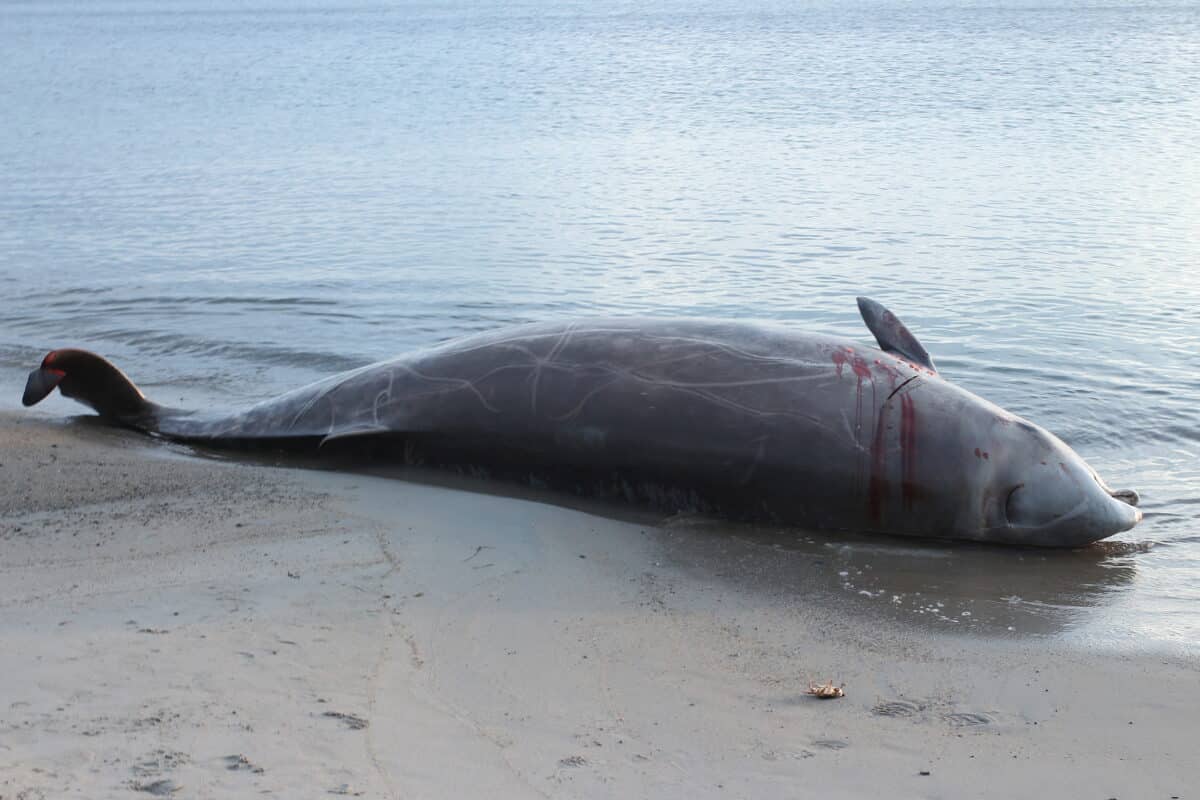
The star of this discovery was a Cuvier’s beaked whale, renowned for their deep-diving capabilities. Known scientifically as Ziphius cavirostris, Cuvier’s beaked whales have puzzled scientists for years with their cryptic nature and unmatched diving skills. This particular whale set a record dive reaching an incredible depth of approximately 9,816 feet, equivalent to the height of almost 30 football fields stacked end-to-end.
Technology in Tagging

Marine biologists utilized state-of-the-art satellite-transmitting tags, which were securely attached to the whale’s dorsal fin. These tags recorded a wealth of data, including depth, water temperature, and the whale’s geographical movements, offering unprecedented insights into the lives of these deep-sea divers.
Diving Physiology: An Evolutionary Marvel
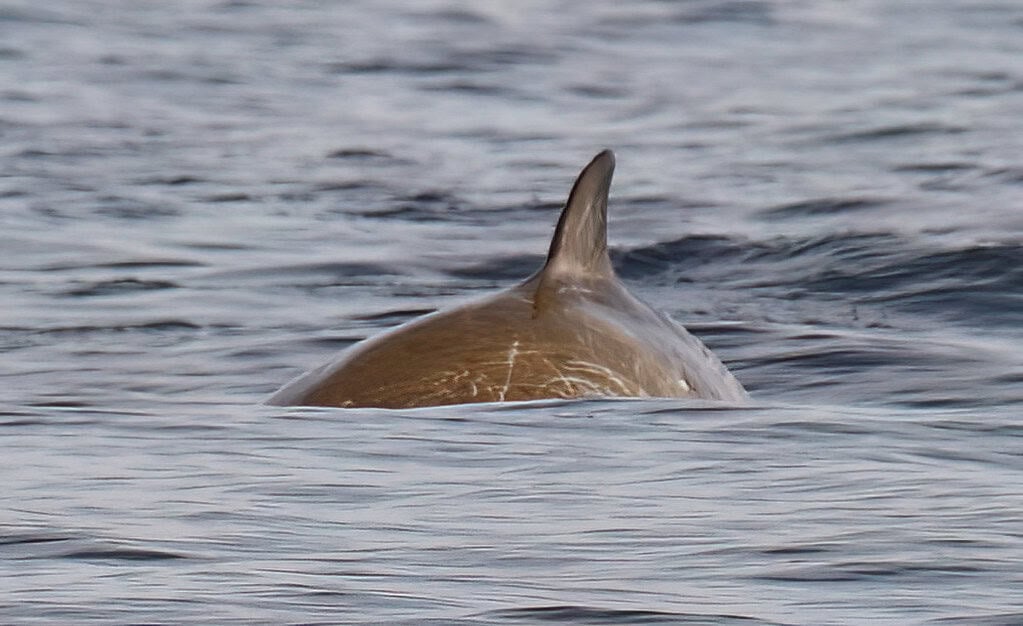
Cuvier’s beaked whales showcase a unique physiological adaptation that enables them to endure such extreme depths. Their bodies are structured to withstand enormous pressure differences, and their lungs collapse during deep dives to prevent nitrogen absorption, which contributes to decompression sickness. Additionally, they can slow their heartbeat to conserve oxygen, which allows them to remain submerged for prolonged periods—often exceeding two hours.
Echolocation: Navigating the Abyss

In the pitch-black depths of the ocean, where light does not penetrate, Cuvier’s beaked whales rely on echolocation to hunt and navigate. This biological sonar system allows them to produce sounds that bounce off objects and return, enabling the whales to ‘see’ their surroundings through sound waves. This ability plays a critical role in locating prey in the deep sea.
Diet of the Deep
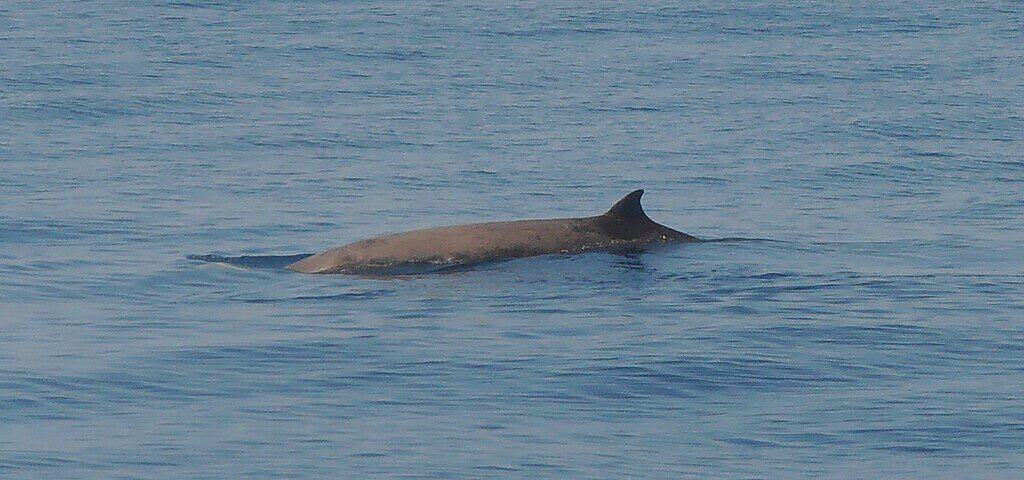
The diet of Cuvier’s beaked whales primarily consists of squid, which they adeptly hunt using their echolocation capabilities. The depths they reach are teeming with these elusive prey, which reside in the twilight and midnight zones of the ocean. This specialized diet has propelled their evolutionary journey into some of the oceans’ most inaccessible regions.
Behavioral Insights and Social Structure

Observations from tagging have provided intriguing insights into the social behavior of Cuvier’s beaked whales. Though known to be solitary or to form small pods, these whales exhibit complex social interactions that are still a subject of active research. Understanding their social dynamics can help in conservation efforts, particularly in areas affected by human activities.
Conservation Challenges

The deep-diving lifestyle of Cuvier’s beaked whales makes them vulnerable to threats such as naval sonar operations and deep-sea mining, which can interfere with their natural echolocation abilities. By tagging and monitoring these whales, scientists aim to mitigate risks and advocate for protective measures to safeguard their natural habitats.
Learning from the Deep
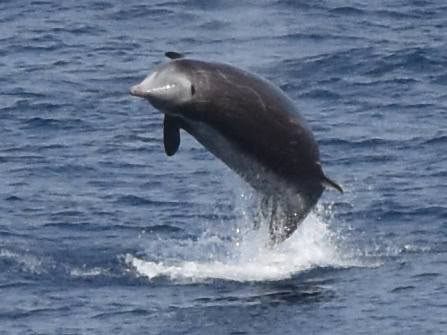
The data collected from tagging not only broadens our understanding of Cuvier’s beaked whales but also enhances our knowledge of ocean environments as a whole. It provides insights into deep-sea ecosystems, potentially leading to discoveries of new species and greater comprehension of oceanic health and biodiversity.
The Global Significance

Recording the deepest dive of a whale underscores the importance of conducting studies in marine biology and the potential for groundbreaking discoveries in untapped environments. The findings from such research efforts have global implications in terms of biodiversity conservation and understanding Earth’s final frontier.
Ongoing Research and Future Exploration

The tagging of the deepest-diving whale near Hawaii marks a significant achievement, yet it is only the beginning. Continued research and future tagging missions aim to uncover further secrets of the ocean depths, expanding our knowledge of marine life and informing global conservation strategies.
The Legacy of Discovery

The achievement of tagging the deepest-diving whale ever recorded serves as a testament to human curiosity and the relentless quest for knowledge. It highlights the capabilities of modern technology to unveil the hidden wonders of our planet. As we continue to explore the ocean’s depths, we are reminded of the intricate balance of life on Earth and the importance of preserving it for future generations.
The remarkable journey of the Cuvier’s beaked whale near Hawaii underscores the mysteries and marvels of ocean life. This inspiring story is a powerful reminder of both the complexity of nature and the potential of scientific inquiry to illuminate the unknown realms of our world.
- Why Nurse Sharks Are Often Misunderstood - August 9, 2025
- 9 Most Venomous Spiders Lurking in US Homes - August 9, 2025
- How Scientists Tag and Track Sharks Off Florida’s Coast - August 9, 2025
